Top 10 places to visit before they disappear
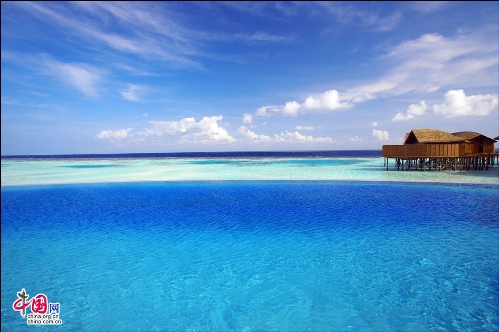
The Maldives
The Maldives Islands, is located in the sea about 650 kilometers south of Sri Lanka, with more than 1,000 islands from north to south through the equator tandem to form a long strip of reef island group. Maldives is a King Island. Local indigenous villages are not to be missed as tourist projects. Shuttling in alleys separated by the gray and white stone houses, visitors can make a call with the leisurely islanders and then take Anthony boat to the uninhabited island for snorkeling, enjoying barbecue seafood in white colors of the beach. All these are really enjoyable. (Source: huanqiu.com/china.org.cn)
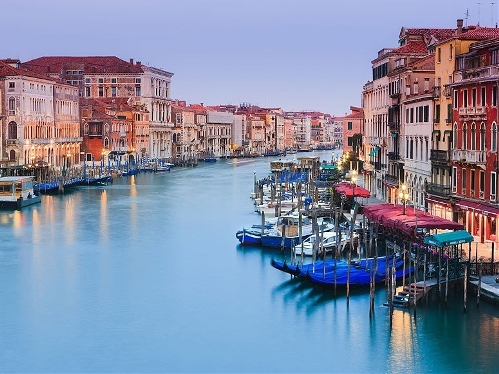
Venice, Italy
Venice is located in northeastern Italy and it's the capital city of Veneto region. Being separated by canals and linked by bridges, Venice is famous for its beautiful view and architecture. The city with its lagoon has been listed as a World Heritage by UNESCO in 1987. (Source: huanqiu.com/china.org.cn)
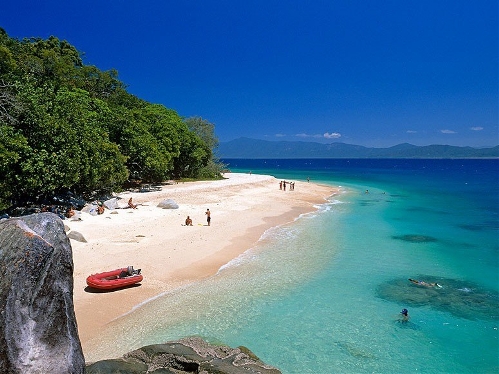
Great Barrier Reef, Australia
The Great Barrier Reef is the world's largest coral reef system composed of over 2,900 individual reefs and 900 islands stretching for over 2,600 kilometres (1,600 mi) over an area of approximately 344,400 square kilometres (133,000 sq mi). The reef is located in the Coral Sea, off the coast of Queensland, Australia. (Source: huanqiu.com/china.org.cn)
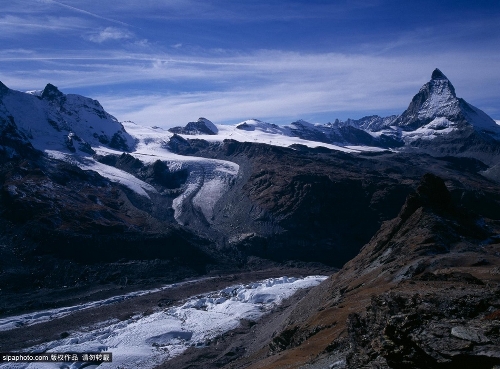
Swiss Glacier
Switzerland has about 1,800 glaciers and almost of them are losing ground.Greenpeace said if global warming continues unabated, most glaciers will disappear from the Earth by 2080.(Source: huanqiu.com/china.org.cn)
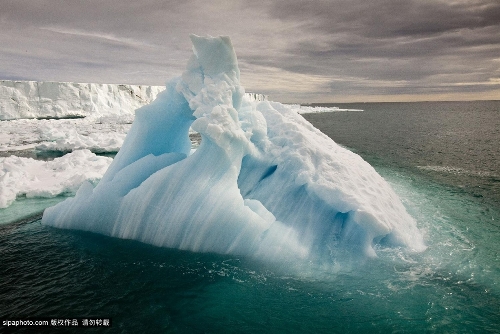
Arctic and Antarctica
Arctic and Antarctica are places where people can enjoy several unique and inspiring natural phenomena, including towering icebergs, Aurora Borealis, and majestic animals such as penguins, polar bears and whales. However, the sea ice there has been melting due to global warming. Once the sea ice disappears at the poles, the area's entire ecosystem will be fully destroyed and those lovely creatures wiped out, perhaps as early as 2050. (Source: huanqiu.com/china.org.cn)

Kilimanjaro glaciers
Located in the Kilimanjaro Region of Tanzania, the Kilimanjaro is a dormant volcanic mountain, with its three volcanic cones, Kibo, Mawenzi, and Shira. It is the highest mountain in Tanzania and in Africa on the whole, and the highest free-standing mountain in the world at 5,895 meter (19,341 feet) above sea level. The mountain is well known for the ice cap and snow on one of its summits, Kibo, but the glaciers are rapidly disappearing, for which the main reason is considered to be global warming. (Source: huanqiu.com/china.org.cn)
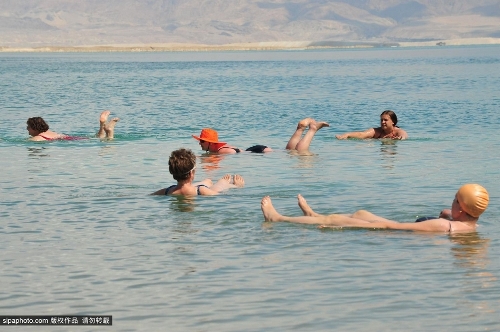
The Dead Sea, Israel
The Dead Sea, a world-famous salt lake bordering on Jordan in the east and Israel in the west, is the lowest spot on earth (1,312 feet below sea level). Thanks to its abundant salt content – containing ten times more saline than seawater -- anyone can easily float in the sea. In the last four decades, the sea has shrunk by a third and sunk 80 feet — 13 inches per year -- mainly due to the global warming and excessive water usage in tourism, the chemical industry and agriculture. It is said that if no effective solution is made, the Dead Sea could disappear as early as 2050. (Source: huanqiu.com/china.org.cn)
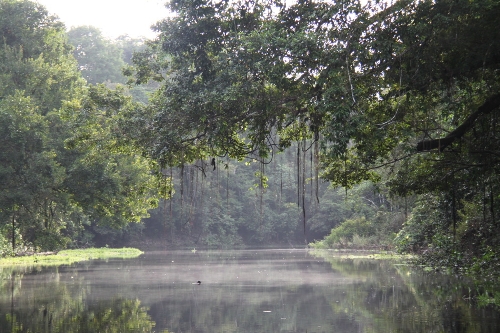
Amazon Rainforest
The Amazon Rive of South America is the second longest river in the world with an average discharge greater than the next six largest rivers combined. The Amazon, which has the largest drainage basin in the world, about 7,050,000 square kilometres (2,720,000 sq mi), accounts for approximately one-fifth of the world's total river flow. The Amazon Rainforest area occupies over 7.5 million square kilometers, about 40 percent of South America's territory. (Source: huanqiu.com/china.org.cn)
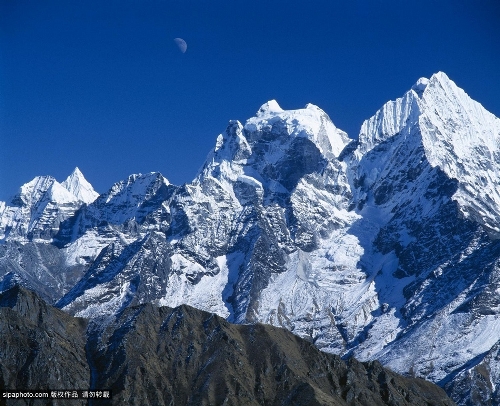
Sagarmatha National Park, Nepal. (Source: huanqiu.com/china.org.cn)
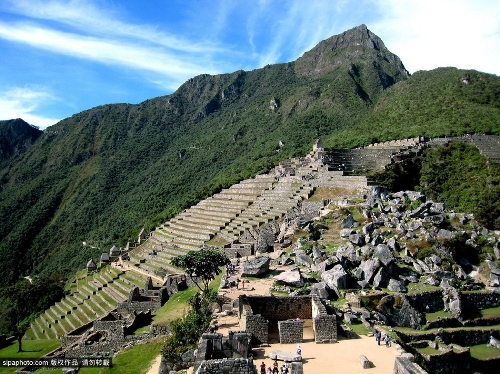
Machu Picchu, Peru
Situated in the Cusco Region of Peru, South America, Machu Picchu is a 15th-century Inca site located at 2,430 meters (7,970 feet) above sea level. The ruins were discovered by American historian Hiram Bingham in 1911, and have since become a popular tourist attraction. As one of the new seven wonders in the world, Machu Picchu is also not immune to destruction. Traffic and development of the area have caused destabilization and even the collapse of some stone foundations. It is now one of the most endangered travel destinations on the planet. (Source: huanqiu.com/china.org.cn)